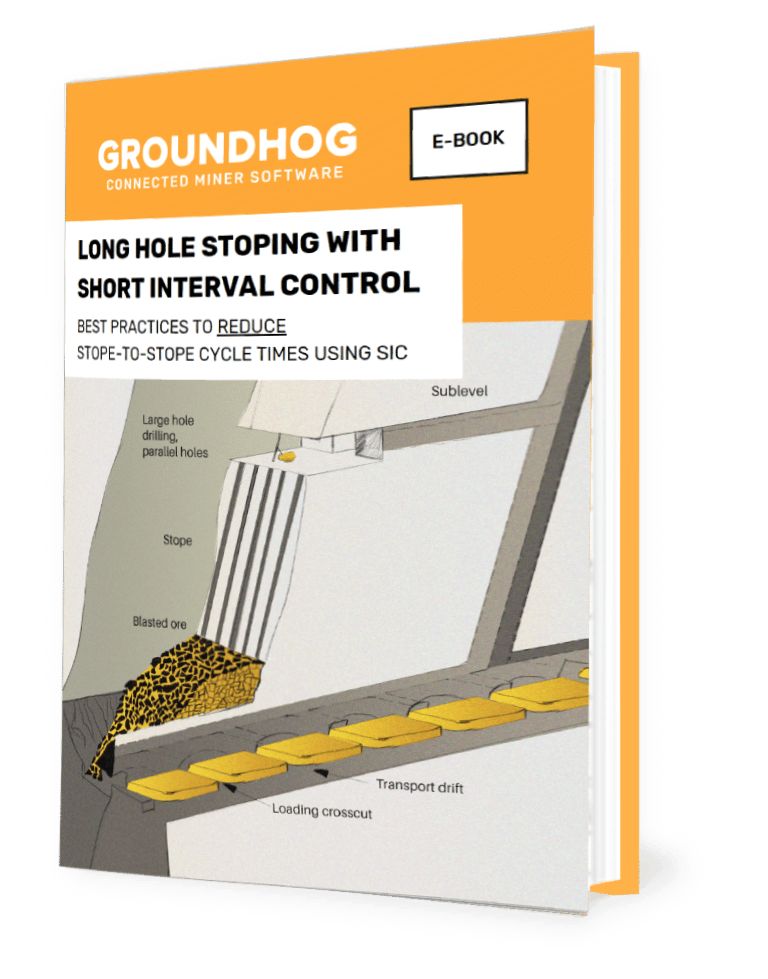In part 1 and part 2 of this series, we looked at advances in automation and robotics, connected mobility and remote operations in the mining industry. In this post, we focus on intelligence and data analytics in the mining industry, and integrated technology operating models.
Intelligence And Data Analytics In The Mining Industry
Mining companies generate volumes of data from equipment and processes, but only a fraction of this data is actually used to improve decision-making. Recent advances in machine learning and data analytics in the mining industry have enabled miners to leverage data from sources within and beyond the value chain to provide real-time decision support and insights about the probability of future events. Key technologies in this space include artificial intelligence and machine learning (AI/ML), simulation modelling, digital twinning and advanced analytics for production optimization and predictive maintenance.
Artificial intelligence refers to computing systems that work and react like humans. The application of machine learning AI has far-reaching potential for the mining industry. By using satellite imagery and geophysical maps, machine learning can help answer questions such as ‘where to explore’ and ‘what lies under the ground’ during the prospecting and exploration phase. Additional applications include the ability to warn operators and maintenance crew of critical equipment downtime in advance.
Digital twinning will give mines the ability to create digitized versions of components, that are updated in real-time with sensors or tags on the physical equipment. The ability to create a digital representation of a physical object or asset can provide important data about the asset’s health. The data gathered can streamline a mine’s maintenance program, by predicting potential outages before they happen, thereby reducing the risk of downtime. Coupled with the Internet of Things, a smart digital twin can even trigger a 3D printer to have its physical replacement ready for the next scheduled operation.
Simulation modelling allows mining companies to analyze their processes in a virtual setting, and project operational performance using what-if scenarios, thereby reducing the time and cost associated with physical testing. Such analysis can highlight current performance levels, bottlenecks and opportunities for improvement.
Advanced analytics can look at immense data sets for trends, and identify opportunities for improvement that humans cannot see. By bringing together all of a mine’s extensive but underused production and process data, advanced analytical techniques can help identify operational bottlenecks or waste patterns, enhance predictive maintenance and increase efficiencies of day-to-day operations.
According to a report by the World Economic Forum on Digital Transformation in the Mining and Metals Industry, though effective analytics are still in their infancy, they are starting to add value to mining and metals operations and are expected to grow in importance after 2025. The potential value addition from Advanced Analytics and Simulation Modelling for the mining and metals industry stand at ~$10.6 billion from 2016 – 2025.
Integrated Technology Operating Model In Mining
To compete and prosper in a digital future, mining companies need to adopt an integrated technology operating model by connecting information technology (IT) to operational technology (OT) and exchanging data throughout the supply chain and beyond. Key technologies in this space include IT/OT convergence and asset cybersecurity.
IT/OT Convergence: Historically, IT and OT have been managed as separate domains in mining. The emergence of digital technologies and the increased importance of data in mining operations are causing the line between IT and OT to blur. Many companies are now focused on leveraging the convergence of traditional IT and automation-focused OT for productivity gains. IT and OT are coming together via the Internet of Things, which connects objects to the internet via RFID tags and sensors. Operational teams are deploying solutions that we would traditionally see in the domain of IT vendors – such as mobility and data analytics, and driving utilization of datasets from sensors embedded in mining equipment.
Asset Cybersecurity: Due to rapid advances in automated operations and connected mobility, mining companies are becoming increasingly vulnerable to cybersecurity breaches. The integration of operations technology with wider business and enterprise systems means that cyber attacks will extend beyond enterprise systems into the operational environment itself, and can have a significant impact on the business by causing equipment damage, operational shutdowns, health and safety risks, as well as data loss and damage. Although challenging, it is imperative that mining companies establish effective security protocols to protect their assets, which comprise connected computing devices, personnel, equipment, applications, telecommunication systems and information stored in the cyber environment.
According to a report by the World Economic Forum on Digital Transformation in the Mining and Metals Industry, the mining industry could benefit from approximately $5 billion in avoided costs assuming that asset cybersecurity centers can prevent 50% of cyber attacks.
To learn more about GroundHog’s digital solutions, click here.


